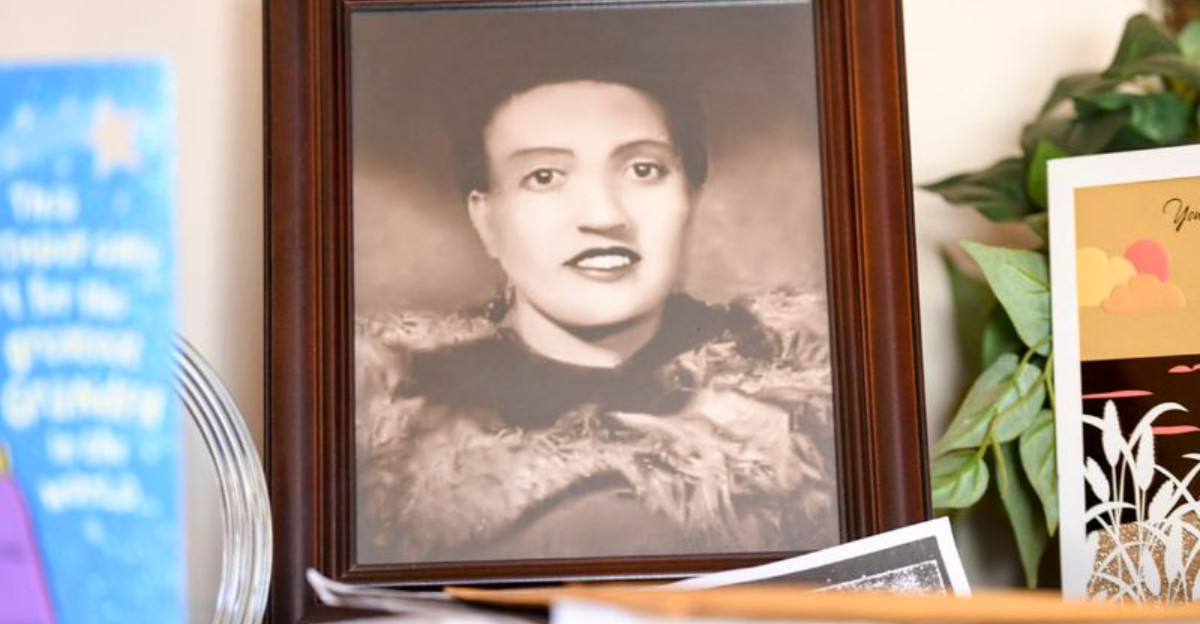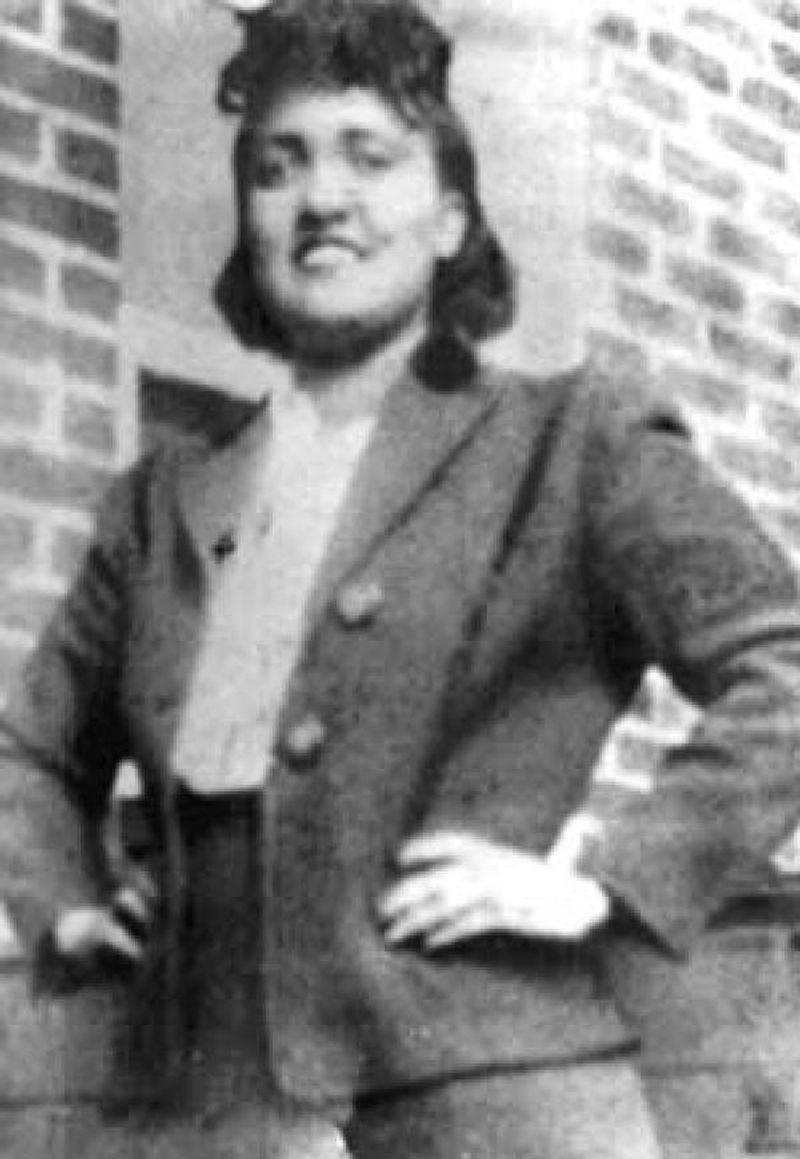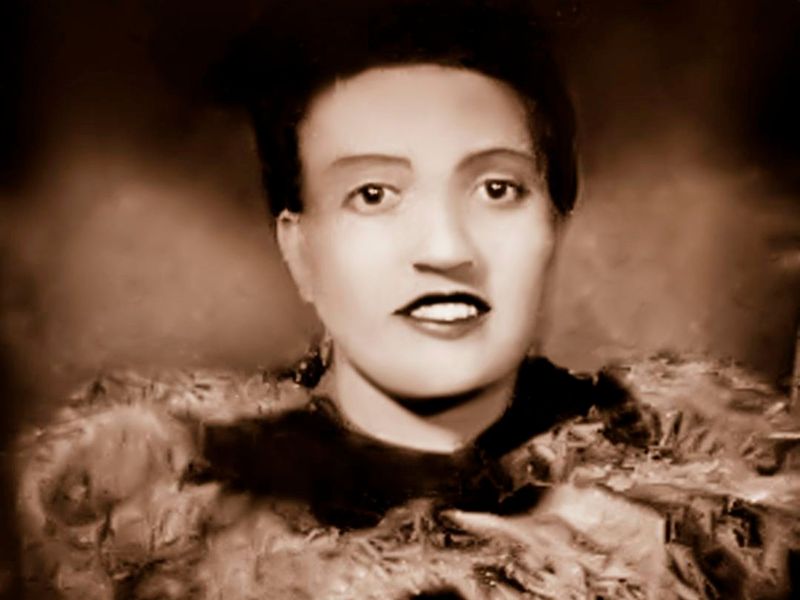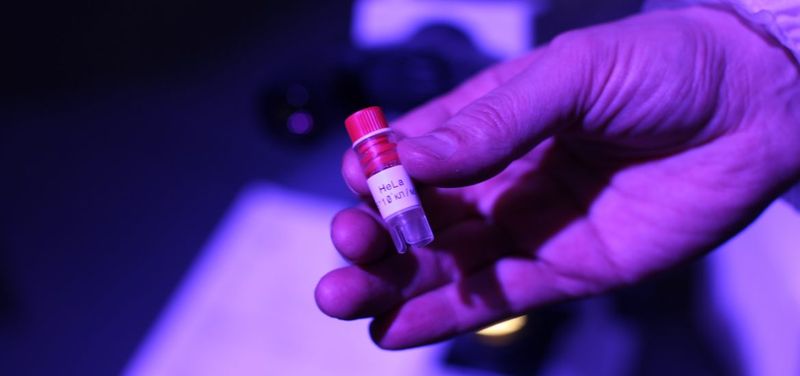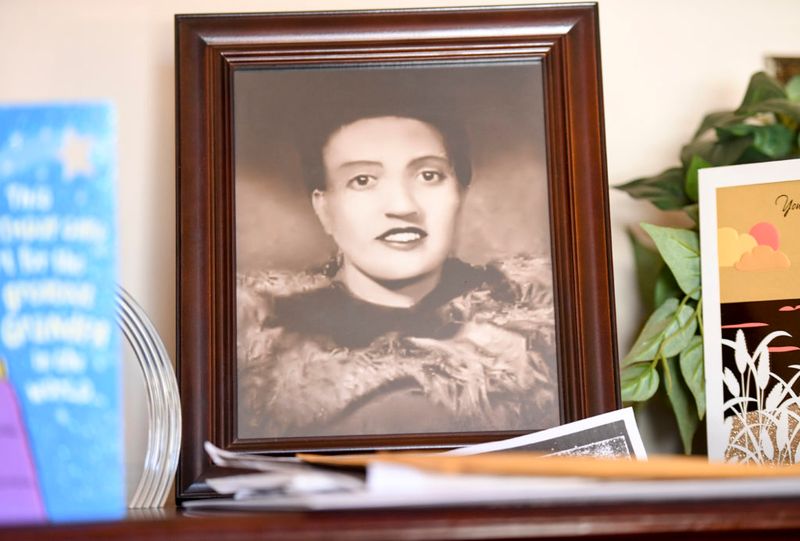In 1951, a young Black woman’s cells were taken without her knowledge, changing medicine forever. Henrietta Lacks went to the hospital for cancer treatment, but left behind something that would help millions of people worldwide.
Her cells became the first to survive and multiply outside the human body, leading to countless medical breakthroughs. Yet her family remained in the dark for decades about how her legacy was being used.
1. Young Mother Lost Too Soon
Born in 1920 in rural Virginia, Henrietta Lacks was just 31 years old when aggressive cervical cancer claimed her life. The mother of five had moved to Maryland with her family seeking better opportunities.
When severe abdominal pain sent her to Johns Hopkins Hospital, she received the devastating diagnosis. During segregation, Johns Hopkins was one of the few hospitals that would treat Black patients at all.
Despite radiation treatments, the cancer spread rapidly throughout her body. She passed away on October 4, 1951, leaving behind her husband and children who would grow up without their mother.
2. Unauthorized Cell Collection
Without asking permission or explaining their intentions, doctors at Johns Hopkins removed tissue samples from Henrietta’s cervical tumor. The lead doctor simply handed these samples to a researcher named George Gey, who had been trying unsuccessfully to grow human cells in his lab.
Medical consent as we know it today didn’t exist in 1951. Doctors routinely used patients—especially poor or minority patients—for research without their knowledge.
Henrietta was never told about this tissue collection, nor was her family informed about what would happen with her cells after her death.
3. The Cells That Wouldn’t Die
George Gey watched in amazement as Henrietta’s cells did something unprecedented—they survived and multiplied outside her body. Unlike all previous samples that quickly died in lab conditions, these cells doubled every 24 hours.
Scientists named this first immortal human cell line “HeLa” using the first two letters of Henrietta’s first and last name. This naming convention became standard practice but initially hid the full identity of the woman behind the cells.
The aggressive nature that made her cancer so deadly became a scientific miracle in the lab. HeLa cells could grow anywhere, multiplying so vigorously they sometimes contaminated other cell cultures.
4. Medical Revolution in a Petri Dish
HeLa cells arrived at a critical moment in medical history. Jonas Salk used them to test his polio vaccine before trying it on children. This breakthrough alone saved countless lives and prevented disability worldwide.
Space programs sent HeLa cells into orbit to study how human cells react in zero gravity. Scientists used them to understand how nuclear radiation affects humans and to develop cancer treatments still used today.
From in vitro fertilization to gene mapping and AIDS research, these cells became the foundation for modern medicine. Over 17,000 patents involve HeLa cells, and scientists have published more than 110,000 studies using them.
5. Family Left in the Dark
For over two decades after Henrietta’s death, her family had no idea her cells were still alive—or that they had become famous in scientific circles. Her children grew up in poverty, often unable to afford proper healthcare despite their mother’s cells revolutionizing medicine.
The cruel irony wasn’t lost on them: their mother’s cells were helping patients worldwide while they struggled with their own medical problems. Some family members couldn’t even afford health insurance.
The first hint came in the 1970s when researchers suddenly contacted the family. Not to share profits or information—but to collect blood samples for further HeLa research.
6. Billion-Dollar Cells, Zero Compensation
HeLa became the foundation of a booming biological materials industry. Scientists mass-produced the cells in factories, selling vials for hundreds of dollars each to researchers worldwide. A single company could sell $10,000 worth of HeLa cells weekly.
Pharmaceutical companies developed medications using these cells, generating billions in profit. Universities received grants for HeLa research while biotech firms built entire business models around them.
Meanwhile, the Lacks family received nothing—not money, recognition, or even basic information about how Henrietta’s cells were being used. Many family members couldn’t afford the very treatments developed using their mother’s cells.
7. Shocking Discovery Decades Later
In 1973, researchers contacted the Lacks family requesting blood samples. Confused, the family learned the shocking truth during this interaction—Henrietta’s cells were still alive and being used worldwide in research labs.
The revelation came not as respectful information sharing but as scientists seeking more material from the family. When Henrietta’s children asked questions about these mysterious HeLa cells, they received complex scientific explanations they couldn’t understand.
Many family members initially believed researchers had somehow kept their mother alive all these years. The miscommunication and lack of proper explanation only added to their trauma and confusion about what had happened.
8. The Book That Exposed Everything
Journalist Rebecca Skloot spent a decade researching Henrietta’s story, working closely with the Lacks family—especially Henrietta’s daughter Deborah. Published in 2010, “The Immortal Life of Henrietta Lacks” became an instant bestseller and later an HBO film starring Oprah Winfrey.
The book revealed how race, poverty, and power shaped medical ethics in America. It forced readers to confront uncomfortable questions about who owns our bodies and tissues after they’re removed.
Suddenly, medical schools added Henrietta’s story to their ethics courses. The public was outraged to learn how a Black woman’s cells had been taken, used, and commercialized without consent or acknowledgment.
9. Fighting for Justice and Recognition
Following the book’s success, the Lacks family established the Henrietta Lacks Foundation to provide scholarships and assistance to families impacted by unethical medical research. They began speaking at universities and medical conferences about Henrietta’s legacy.
In 2021, the family took legal action against Thermo Fisher Scientific, a biotechnology company they accused of continuing to profit from HeLa cells without permission. The lawsuit argued that the company knowingly mass-produced and sold their mother’s cells.
Family attorney Ben Crump stated: “The exploitation of Henrietta Lacks represents the unfortunately common struggle experienced by Black people throughout history.” The legal battle highlighted ongoing issues of consent in medical research.
10. A Legacy Finally Honored
In 2013, the National Institutes of Health reached a historic agreement with the Lacks family. For the first time, they gained some control over who could use Henrietta’s genetic information, with family members serving on a special committee reviewing HeLa research applications.
Universities and research centers began naming buildings after Henrietta. In 2018, Johns Hopkins University named a research building in her honor—the same institution that had taken her cells without permission decades earlier.
NASA named a spacecraft after her, and in 2021, the World Health Organization presented the Lacks family with an award recognizing Henrietta’s contribution to modern medicine and highlighting the need for equity in healthcare.
